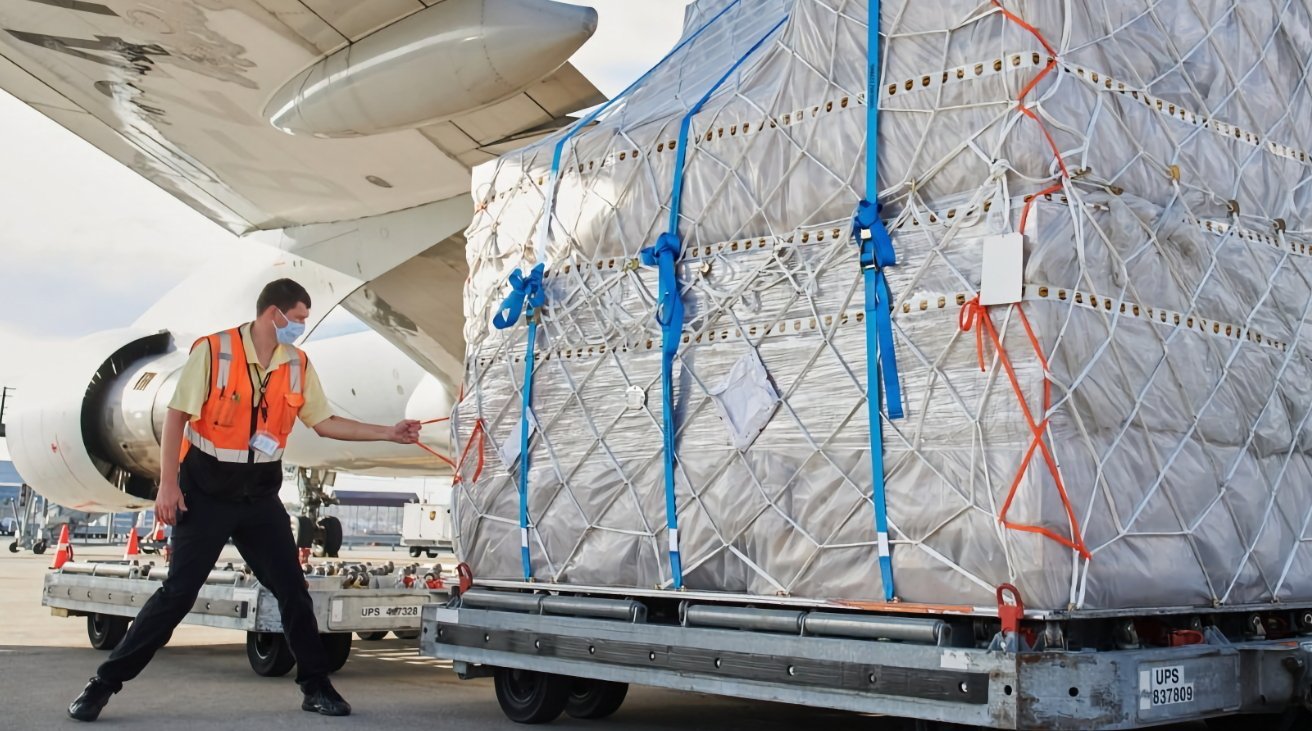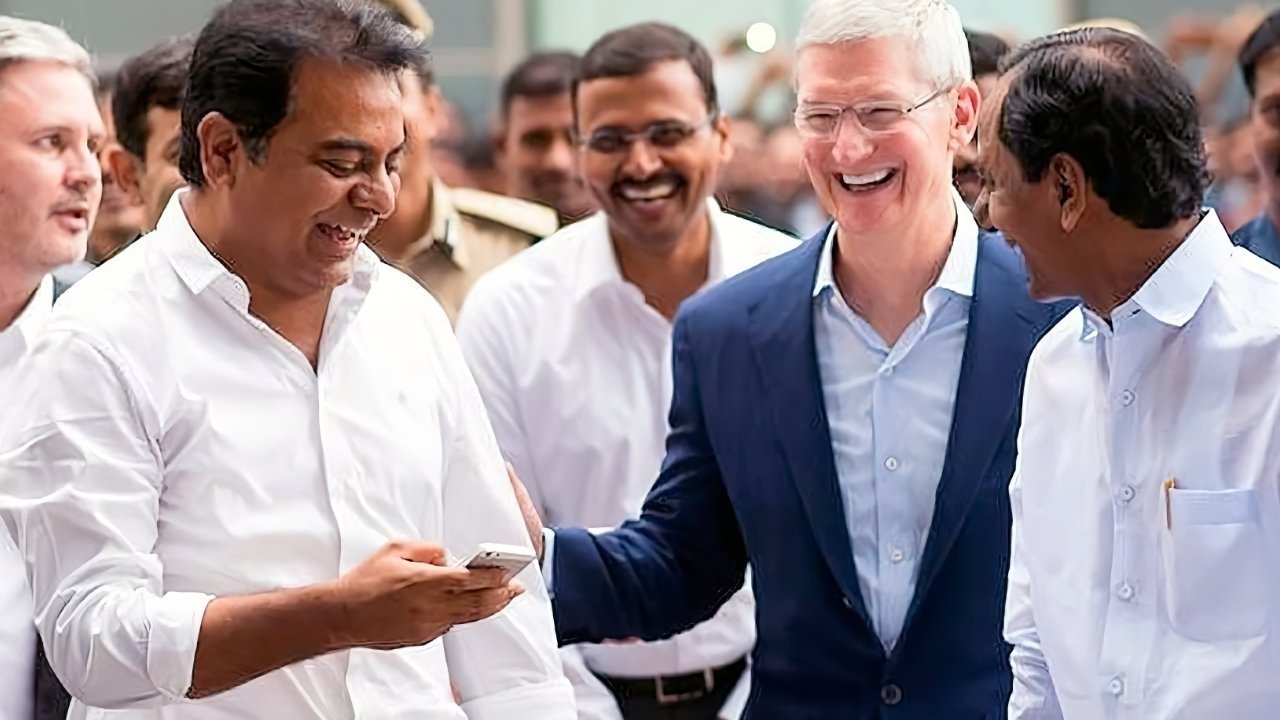The agreement by both the US and China to pause tariffs might make things easier in the very short term, and it may lead to a deal, but it hides that American consumers and firms will still have to deal with extreme expenses and other trade changes that do nothing but harm.
Trump continues to claim that it is foreign countries who will pay his tariffs, when in fact none of them will. The entire cost is always and invariably borne by the US firms importing goods from overseas, and so at least some of the cost is always passed on to the American consumer.
Then Trump claims that the tariffs will make companies relocate their manufacturing to the US, and it will not. The iPhone simply cannot be made in the States, there is not the labor skill nor the rare minerals needed.
So instead of achieving a return to manufacturing for the US, the tariffs are seeing companies reshore their production in other countries to get the least-bad tariff hit. Tariffs that the administration wrongly says are paid by foreign countries are instead benefiting those countries who are seeing manufacturing expand.
Tariffs that in some way are supposed to punish foreign countries are instead helping them, while inescapably hurting US businesses. We do not know yet how many small US firms will go out of business because of the tariffs — or have already gone — but there will be some and there may be many.
That, according to the Wall Street Journal, is what Ryan Peterson, founder of logistics and supply chain, believes is happening. Speaking before the current US/China pause, Peterson said that his tracking data shows the tariffs are catastrophic.
“If they don’t change the tariffs, it’s going to be an extinction-level, asteroid-wiping-out-the-dinosaurs kind of event,” he said. “Only these aren’t dinosaurs. These are dynamic, healthy businesses.”
The new Chinese/US announcement of an agreement to pause the escalating tariffs does not remove this.
The cost of doing business is only going up
That new pause, or at least the reporting of it, does mask how despite that specific promise of pausing tariffs, no such thing is happening. China has dropped its tariff to 10%, and the US has dropped its to 30%, but the US continues to levy tariffs from before the nonsensically-named “reciprocal” ones were announced, and then some.
Higher tariffs are now part of the cost of doing business. That’s the way it is, that’s the way it will remain.
If the latest pause helps ease that from the recent extraordinary levels reducing it to only unprecedented, it doesn’t remove the issue. Even Apple, which is not only able to weather greater costs than most US firms, but has also been granted major exemptions, is working on the assumption the tariffs will continue to badly affect its business.
We already had Apple doing what it called build-ahead — ramping up manufacturing and importing before the tariffs took effect. That cannot be done again, not unless Apple stockpiles iPhones overseas and imports them whenever there is another change to the tariffs.
It is true that the tariffs will change, despite Trump’s initial adamant statement that they would not and there wouldn’t be a single exception to any of it. Instead, they change constantly and there are exemptions, even if purportedly temporary ones.
But manufacturing and stockpiling devices costs money, and betting on tariffs improving is a gamble. There is also ultimately a physical limit on how many devices can be made in a given time.
And Apple is now gearing up for the launch of its iPhone 17 range. So it will want to be shipping those devices to customers in the fall of 2025, straight from China, straight from India for the first month or two, not holding on in the hope of randomly more favorable conditions.

A pallet of iPhones being loaded onto a plane in the years before the new tariffs — image credit SDI Logistics
What Apple can do and Tim Cook has revealed it has already done to at least some extent, is radically overhaul its supply and distribution. As long as there remain tariffs, it seems likely that imports from China into the US will be hit worst, so Apple is cutting that number of imports.
Where possible, China will now be where iPhones that are only sold outside the US are made. India and other countries will be where iPhones destined for the US will be produced.
It isn’t possible to do that for everything, and it seems certain that the Pro and Pro Max models of the iPhone will have to be built in China for at least a while longer.
Changing global supply lines
Apple already had the most extraordinarily complex supply and distribution chain. Millions of devices were already being produced using hundreds or thousands of components, each of which are made all across the globe.
Surely the only thing harder than setting up and running that maze of interconnecting suppliers, is having to change it. There is absolutely no reason for Apple to undo decades of logistics design, except to minimize the impact of these pointless and futile tariffs.
Tim Cook says that Apple expects the tariffs to cost it $900 million in its financial quarter ending June 2025. That’s not going to change, as it was calculated under the previous pause, and the present one isn’t any better.
So, even assuming all of the re-routing of suppliers and distributors has already been done, Apple will continue to face a steep cost because of these tariffs.
That’s why the company is reportedly looking at raising iPhone prices. There is a limit to how much even Apple can do to reduce the impact of tariffs, and it appears to have reached that limit.
Of course, America would benefit from seeing manufacturing return. And there’s no question but that losing manufacturing over the last decades was a mistake.
Carl Sagan, yes, astronomer Carl Sagan, warned of this 20 years ago in his book The Demon-Haunted World: Science as a Candle in the Dark.
I have a foreboding of an America in my children’s or grandchildren’s time — when the United States is a service and information economy; when nearly all the manufacturing industries have slipped away to other countries; when awesome technological powers are in the hands of a very few, and no one representing the public interest can even grasp the issues; when the people have lost the ability to set their own agendas or knowledgeably question those in authority; when, clutching our crystals and nervously consulting our horoscopes, our critical faculties in decline, unable to distinguish between what feels good and what’s true, we slide, almost without noticing, back into superstition and darkness.
The latter part may not be quite true today, despite YouTube and social media’s best efforts. The first half about the US being a service and information economy absolutely is, and it’s illustrated by the tariff battle today.
US manufacturing is a good goal, but that ship may have already sailed
The incredible sums of money that are being paid out by firms for these tariffs is not achieving and cannot achieve even part of Trump’s stated goals.
It is physically impossible for the tariffs to be done without harming US consumers and the US economy, again despite what Trump says. Countries don’t pay tariffs, companies do.
And companies don’t like sacrificing profit. Their shareholders, in fact, demand that they don’t sacrifice that profit.
Bringing back manufacturing to the US would take years from factory-standpoint alone, but more likely decades. The easy part, the modern factories, don’t exist.
The more challenging part of the manufacturing equation, the part that will take decades, if it ever happens, is the US citizenry. The labor force doesn’t exist, and the will to work for what India and China workers will accept simply won’t ever exist in the US.
So the US should be starting on that now, should be investing in education and training to bring back the skilled labor force it used to have instead of education being on the chopping block immediately when the upper 1% of US earners demand a tax break, or WalMart wants more corporate welfare.
The other economic factors are questionable. They can be worked on as well, should the US be so inclined and focused.
It won’t be.
The US political machine and voting block lacks the political will to do any of this in the long run. We’re well past Sagan’s “the 30 second sound bites (now down to 10 seconds or less)” warning of deterioration of modern information presentation, and our political decisions as a nation are centered on those quick hits of dopamine for supporters of party X or party Y.
To get those X posts, those Truth Social manifestos, and those TikTok videos, we get political posturing, chest-thumping, and politicians wrapping themselves in the flag. All this year’s international financial crisis does is simply entrench manufacturing in foreign countries, with companies just moving pieces around the Risk game board.
Businesses will start paying the price for those moves, if they haven’t already. That toll has already begun on the already beleaguered Main Street retail, and will expand to the bigger guys soon enough.
Consumers are paying the price now, and will continue to pay a hefty one across a decades-long time scale, regardless of who’s in office.






